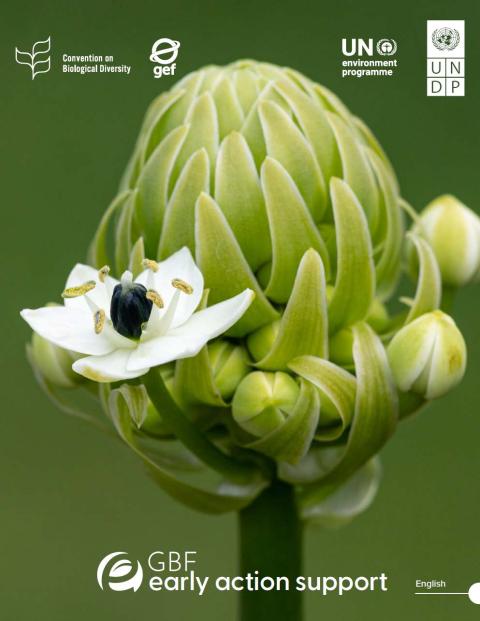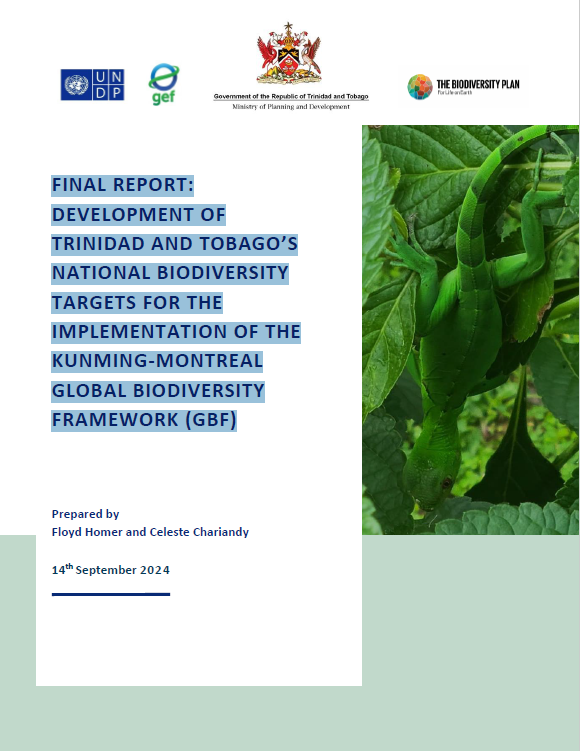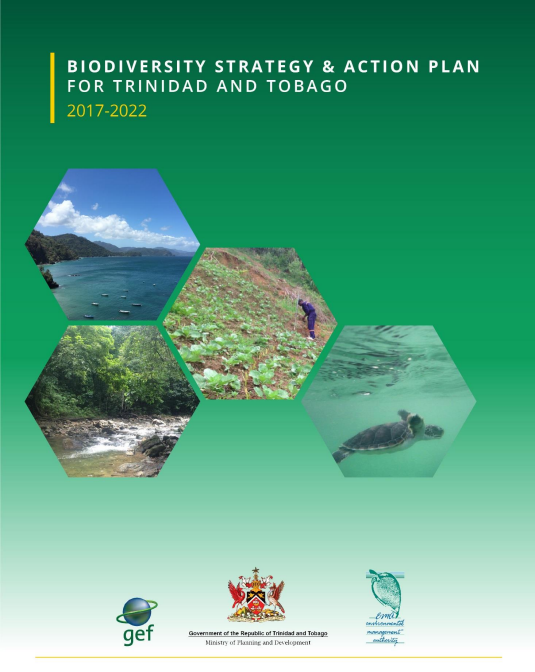At the fifteenth meeting of the Conference of the Parties (COP 15) of the Convention on Biological Diversity (CBD) held in Montreal, Canada during the period 7-19, December 2022, the Kunming-Montreal Global Biodiversity Framework (GBF) was adopted. This historic Framework, which supports the achievement of the Sustainable Development Goals and builds on the Convention’s previous Strategic Plans, sets out an ambitious pathway to reach the global vision of a world living in harmony with nature by 2050. The Framework consist of 4 goals for 2050 and 23 targets for 2030.

In adopting the Kunming-Montreal Global Biodiversity Framework, Trinidad and Tobago has committed to setting national targets toward implementing the framework. At the next meeting of the Conference of the Parties, the world will take stock of the targets and commitments that have been set.
For more information on the GBF follow the URL below:













